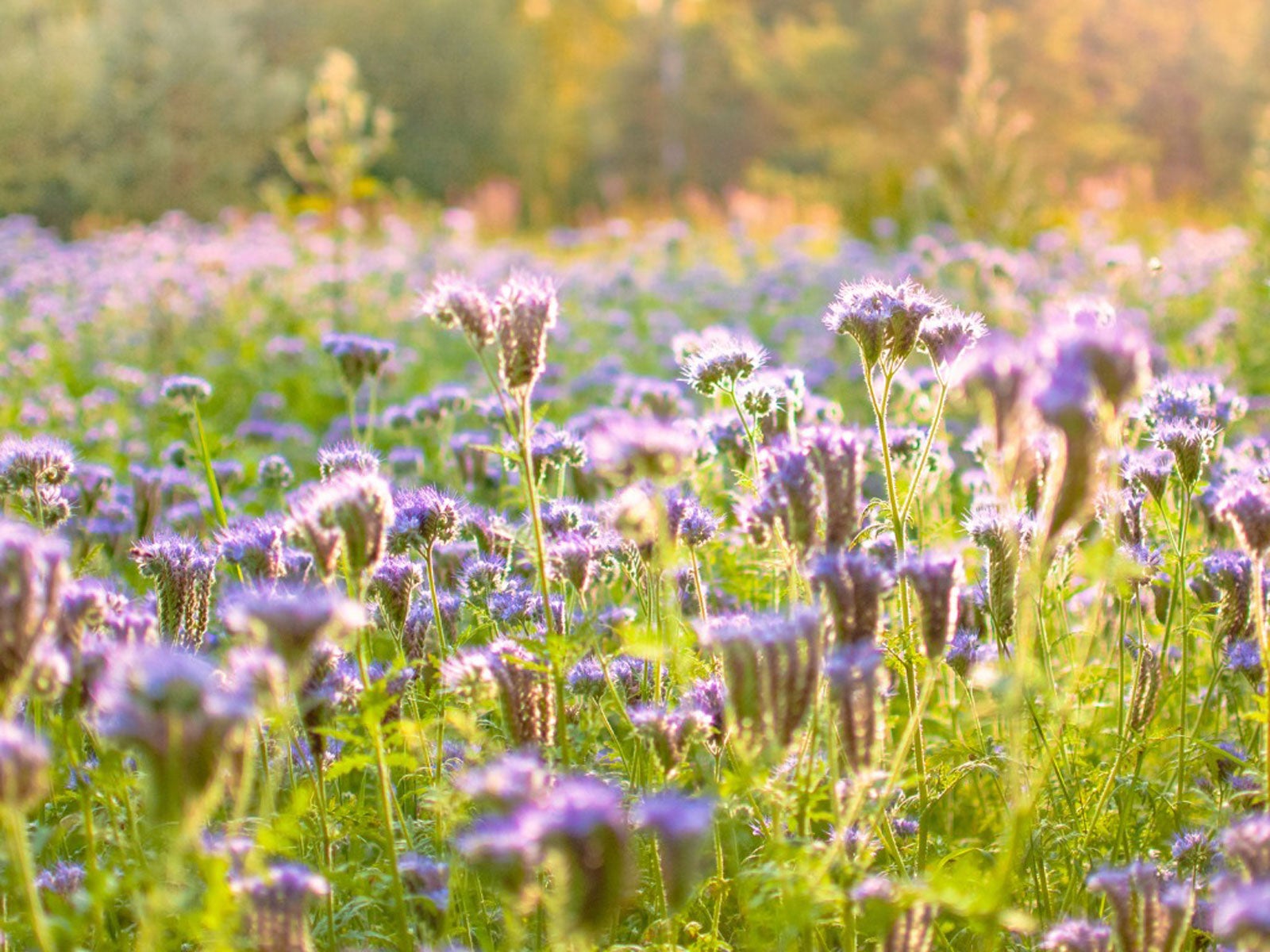Native Cover Crops: Vegetable Cover Cropping With Native Plants


There's a growing awareness among gardeners concerning the use of non-native plants. This extends to the planting of vegetable cover crops. What are cover crops and are there any benefits to using native plants as cover crops? Let's explore this phenomenon and you can decide if cover cropping with native plants is right for you.
What are Vegetable Cover Crops?
In lieu of tilling garden soil at the end of the growing season, gardeners are finding value in sowing what is best described as “green” manure cover crops. These vegetable cover crops are planted in the fall, grow over winter, and then are tilled into the soil in the spring.
Cover crops prevent erosion of garden soil and leaching of nutrients over the winter, once these plants are tilled into the soil, they begin returning nutrients to the garden. Legume cover crops have the nitrogen-fixing ability and actually return more nitrogen to the soil than they consumed.
Hairy vetch, white clover, and winter rye are among the most popular cover crops gardeners use. Surprisingly, these are not native cover crops for North America. Although not typically considered invasive, these species have become naturalized in most parts of the world.
Benefits of Native Crop Cover
Gardeners and commercial growers are finding positive effects from cover cropping with native plants. These benefits include:
- Beneficial insects – Native cover crops provide the natural food and habitat for native insect populations living within the same ecosystem. This boosts beneficial insect populations, which can provide better control of harmful invasive bugs.
- Better adapted – Native crop cover plants are well-adapted to the local climate. They can often be established with little to no irrigation, and they require less maintenance.
- Non-invasive – While some indigenous plants might have aggressive tendencies, you'll never have to worry about controlling the spread of an invasive species when using native plants.
- Better nutrient return – Typically, native crop cover plants have deeper roots than non-native species. As these plants grow, they pull nutrients from deeper layers of the earth. Once these native cover crops are tilled under, natural decomposition returns these nutrients closer to the surface.
Choosing Native Plants as Cover Crops
Gardeners interested in vegetable cover cropping with native plants are best advised to consult their local extension agent or agricultural agency for information on local indigenous species. Often, native cover crop seeds are difficult to find or expensive to purchase.
Here are some species which have been considered when using native plants as cover crops:
Sign up for the Gardening Know How newsletter today and receive a free copy of our e-book "How to Grow Delicious Tomatoes".
- Annual ragweed
- Blue wild rye
- California brome
- Canada goldenrod
- Common wolly sunflower
- Common yarrow
- Hooker's balsamroot
- Phacelia tanacetifolia
- Prairie June grass
- Purple vetch
- Scarlet gilia

Laura Miller has been gardening all her life. Holding a degree in Biology, Nutrition, and Agriculture, Laura's area of expertise is vegetables, herbs, and all things edible. She lives in Ohio.